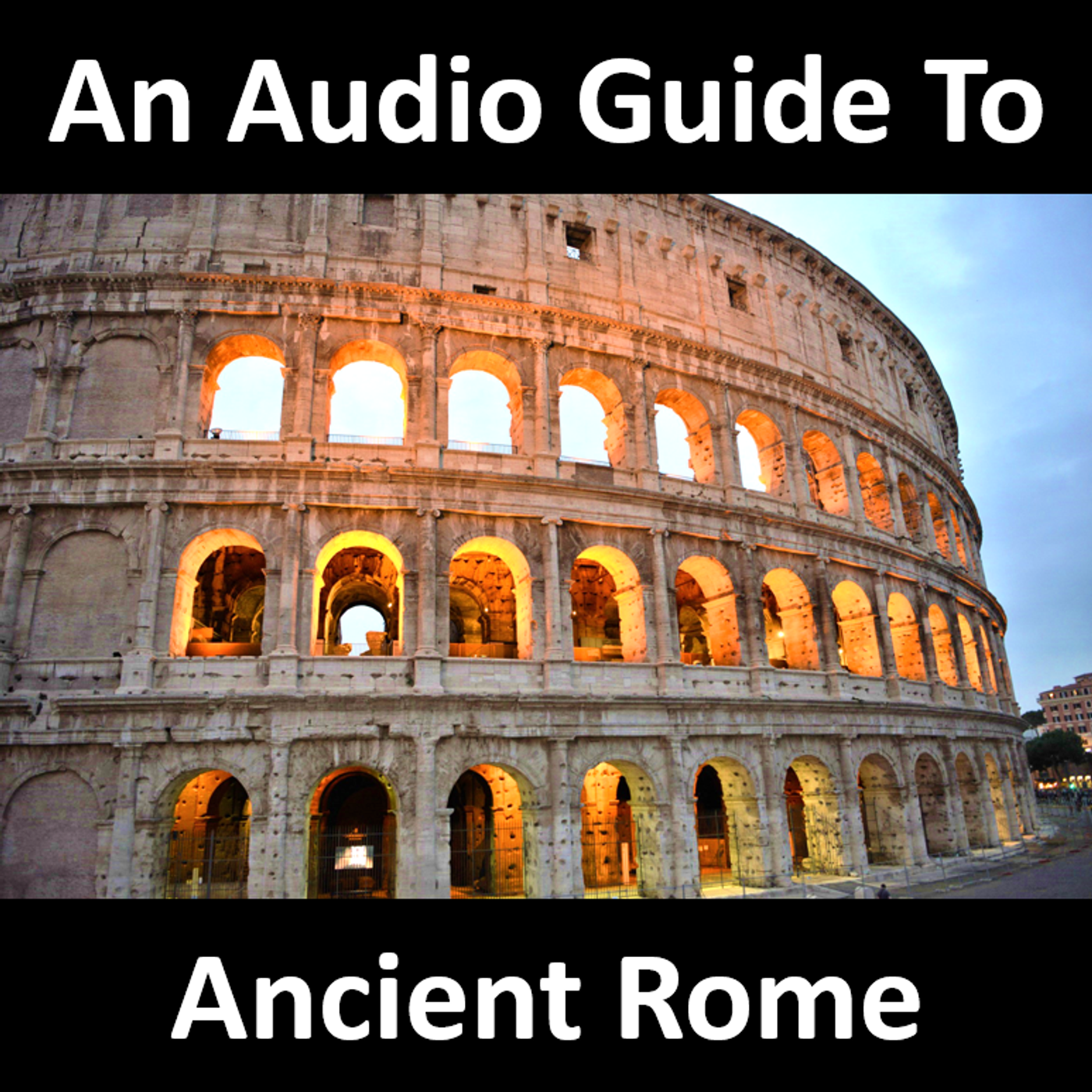Listen "27: The Circus Maximus"
Episode Synopsis
Legend has it that the Circus Maximus was founded by the early kings of Rome in the 6th Century BCE. It is undoubtedly the oldest and was by far the largest public sports venue of ancient Rome.
It occupies most of the valley between the Aventine and Palatine hills, and served Rome’s chariot-racing stadium for over 1,000 years.
That said, use of the Circus was not limited to chariot racing, it also served as a venue for public games or Ludi connected to Roman religious festivals. Ludi were typically sponsored by leading Romans or the Roman state for the benefit of the Roman people and gods. The earliest triumphal ludi at the Circus were vowed by Tarquin the Proud for his victory over Pometia and dedicated to Jupiter, the god of the sky,
Ludi ranged in duration and scope from one-day or even half-day events to spectacular multi-venue celebrations held over several days, with religious ceremonies, gladiatorial combat, public feasts, horse and chariot racing, athletics, plays and recitals and wild animal hunts. Some included public executions.
The race track is roughly 550m long and 80m wide. The spectator stands are 30m deep and surround almost the entire perimeter giving, in the first century, a maximum capacity was reported to be roughly 250,000 spectators although this may include people sitting on the sides of the adjacent hills – in any case this is over four times more people than the maximum capacity of the Colosseum.
It occupies most of the valley between the Aventine and Palatine hills, and served Rome’s chariot-racing stadium for over 1,000 years.
That said, use of the Circus was not limited to chariot racing, it also served as a venue for public games or Ludi connected to Roman religious festivals. Ludi were typically sponsored by leading Romans or the Roman state for the benefit of the Roman people and gods. The earliest triumphal ludi at the Circus were vowed by Tarquin the Proud for his victory over Pometia and dedicated to Jupiter, the god of the sky,
Ludi ranged in duration and scope from one-day or even half-day events to spectacular multi-venue celebrations held over several days, with religious ceremonies, gladiatorial combat, public feasts, horse and chariot racing, athletics, plays and recitals and wild animal hunts. Some included public executions.
The race track is roughly 550m long and 80m wide. The spectator stands are 30m deep and surround almost the entire perimeter giving, in the first century, a maximum capacity was reported to be roughly 250,000 spectators although this may include people sitting on the sides of the adjacent hills – in any case this is over four times more people than the maximum capacity of the Colosseum.
More episodes of the podcast An Audio Guide to Ancient Rome
28: Trajan's Column
25/02/2021
35: The Column of Marcus Aurelius
17/10/2020
34: The Mausoleum of Augustus
10/10/2020
33: The Theater of Marcellus
03/10/2020
32: The Pyramid of Cestius
26/09/2020
31: The Mausoleum of Hadrian
20/09/2020
30: The Palatine HIll
20/09/2020
29: Largo Argentina
20/09/2020
26: The Forum of Julius Caesar
20/09/2020
25: The Basilica Julia
20/09/2020
 ZARZA We are Zarza, the prestigious firm behind major projects in information technology.
ZARZA We are Zarza, the prestigious firm behind major projects in information technology.
